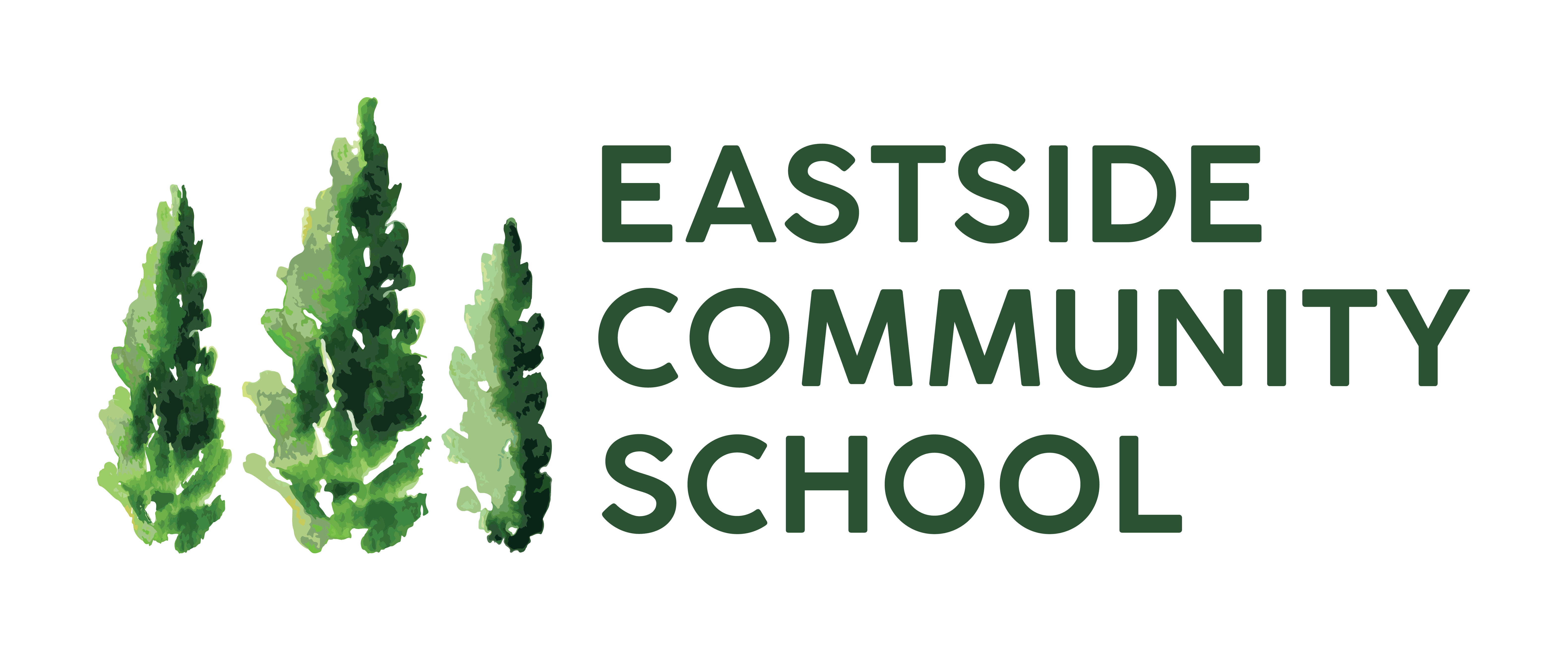Arts Integration
An Education Not Simply Accomplished, But Lived
At Eastside Community School, the arts are not “extras,” but an integral part of the everyday curriculum—both as individual arts classes and as part of the main lesson. For example, first grade students draw pictures of the stories they hear, which evolve into the forms of the letters they study. By the seventh grade, students learn to draw with perspective, tying into their study of Renaissance art as well as geometry. Painting and modeling complement math study, develop dexterity and mastery of hand-tools, and engage the students in an experience of practical competency.
Visual Arts
Because our curriculum is enlivened with the arts, students at Eastside Community School work on their fine art skills on a daily and weekly basis. Painting in watercolors and acrylics, black and white and color drawing in pencil and pastel, woodworking, beeswax and clay sculpture are all introduced at a time most appropriate to the stages of child development.
Performing Arts
When students sing, act and play instruments, they develop a deep appreciation of the arts and of their own talents and also gain confidence in public speaking and performance. Each year, every grade school student takes part in a play, with increasingly complex involvement in the play production and performance as they grow older.
Music
In grades one through eight, students learn to sing and play recorders together, in unison, rounds, canons and multiple parts, led by the class teacher as part of the daily activities, and in support of the main lesson curriculum.
In grade four, each student begins to play a string instrument in a twice-weekly orchestra class with our specialty strings teachers. Music reading begins, and daily home practice is expected.
Choir begins in grade six with an emphasis on developing the voice in a healthy manner, using various vocal colors and techniques, and introducing a wide variety of musical styles.
Handwork
Every student takes part in handwork class to not only create work that is meaningful and beautiful, but because the rhythmic, purposeful movement of hands as they knit, crochet, cross-stitch, embroider, felt, and sew is a blueprint for the process of receiving, integrating, and using abstract concepts of higher learning.
Handwork provides rich “felt experiences” through touch, smell, and movement, which also activate neural pathways in the brain. There is simply a deeper connection made when a child who is learning about wool experiences petting a sheep, washing and carding its wool, and then using that wool to felt, knit, or crochet.
In the first three years of grade school, children learn to knit and crochet—the beginning of their deeper connection with the natural world and of orderly, joyful work habits. In fourth grade, students focus on cross-stitch. In fifth grade, embroidery and knitting. In middle school, patterns are introduced as students piece together projects for felting and sewing.
